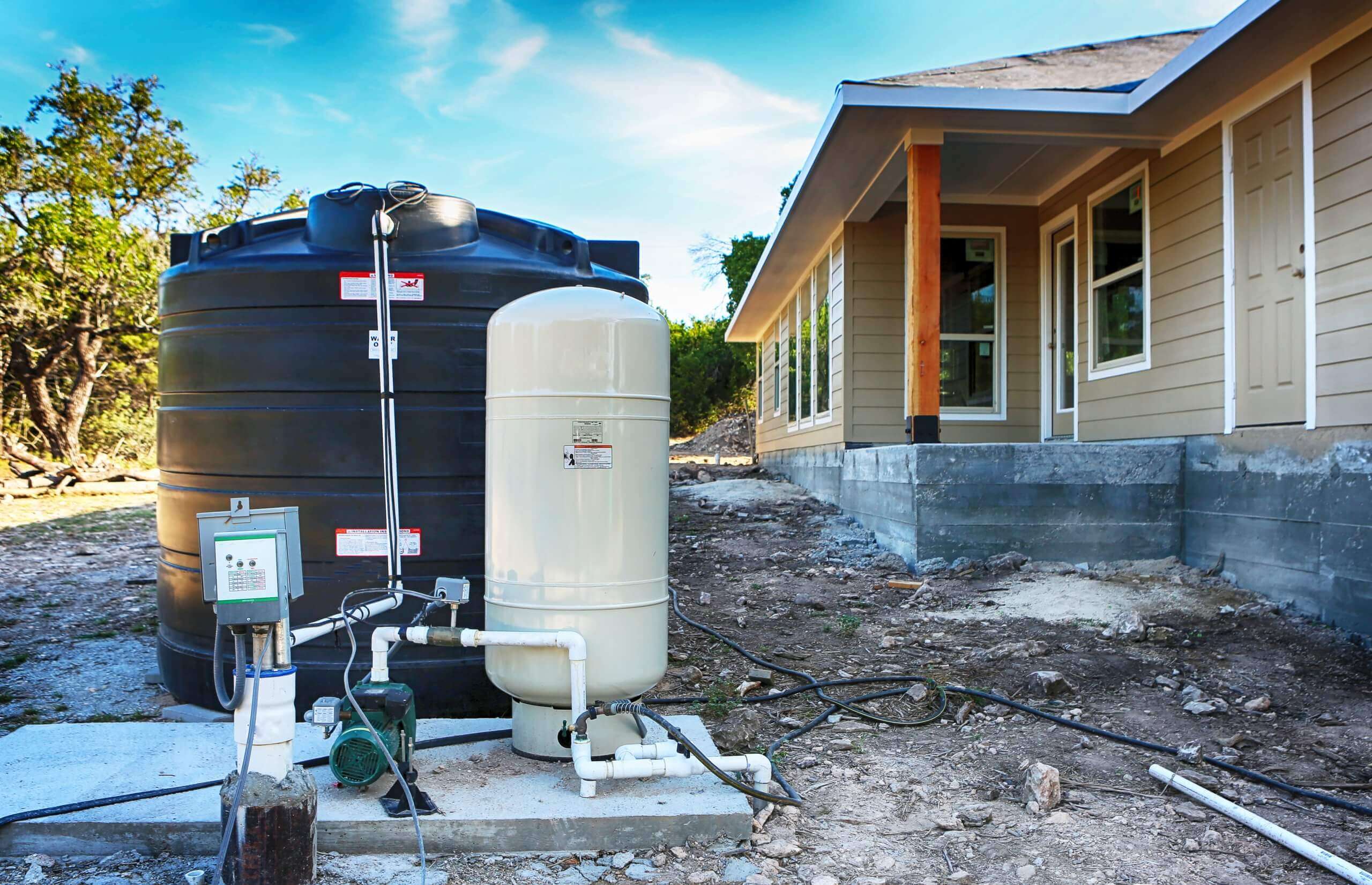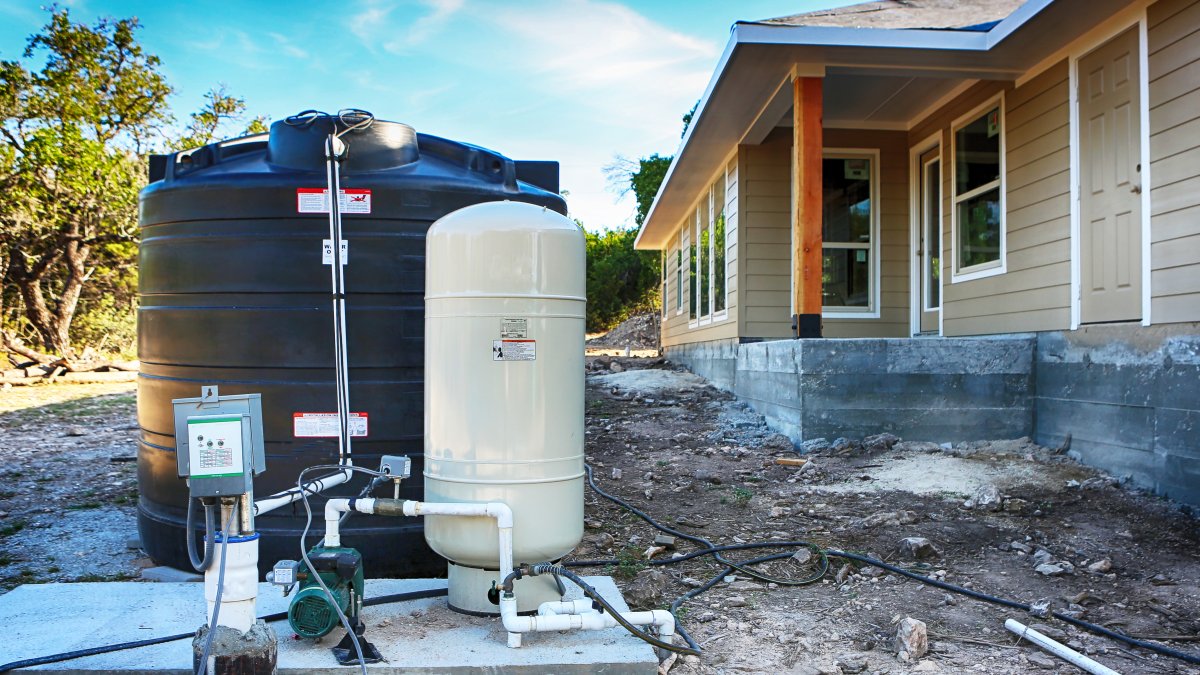 Wells provide a reliable water supply in various locations, including deserts. Generally, these water sources benefit homes, businesses, and industries. With a proper filtration system, wells can give clean drinking water apart from common household uses. However, good maintenance is necessary to avoid well water issues.
Wells provide a reliable water supply in various locations, including deserts. Generally, these water sources benefit homes, businesses, and industries. With a proper filtration system, wells can give clean drinking water apart from common household uses. However, good maintenance is necessary to avoid well water issues.
One of the usual well water problems is low well water pressure. In most cases, this causes a slow and low water flow rate. Because of this, washing the dishes, bathing using the shower, and other activities may take more time.
Property owners typically seek the help of water pumps and harvester installers for quick and reliable services. However, others choose to address their problem their way. Suppose you’re planning to install a well on your property. In that case, you may need to know about low well water to address it appropriately. Thus, here’s an article to guide you about its causes and solutions.
Causes
The causes of low well water differ in every situation. These run through the installation, pipe quality, and maintenance. To delve deeper into these issues. continue reading the following:
1. Clogged Pipes And Fittings
Valves regulate the well’s water pressure in many cases. Yet no matter how high the pressure is, it could still be restricted because of the dirt and grime buildup. Apart from this, rusty fittings and joints may also cause this issue. Generally, this buildup thickens and hardens, leading to the clogging of pipes and fittings and the eventual low water.
2. Pump Pressure Switch Problems
Typically, pump switches control the valves. Over time, these switches wear, leading to malfunctioning. The water pressure fluctuates when these switches aren’t functioning well. This results in the weakening of the water pressure in most cases, producing low water levels.
3. Air Bladder Needing Recharge
The air bladder is the portion of the tank that fuels the pump and is filled with pressurized air and water. If the air bladder is poorly charged or needs to be filled, it can’t power the pump correctly. When this happens, the well will likely have low water.
4. Short Cycling
This happens when the pump turns on and off too often. Aside from the possibility of damaging the various parts of the pump, it may also cause pump failure. This could affect the water pressure, resulting in low well water.
5. Inappropriate Pump
Using inappropriate pumps may also cause low water levels. Some cases require centrifugal pumps for shallow wells. Meanwhile, jet or submersible pumps operate better above and below ground, so they are inappropriate for shallow wells. Using unsuitable pumps may not maximize the function of the entire pump system, leading to low pressure.
6. System Leak
A leak in any portion of the pump system may contribute to decreased water pressure. Rust often triggers pinholes, cracks, and ill-fitting pieces. Physical damage can also cause these leaks. The more leak-affected portions there are, the lower the pressure becomes.
7. Scale Buildup
Hard water in wells may likely cause scale buildup because it generally has high mineral content, such as magnesium and calcium, that could accumulate and affect the water flow. As a result, it can keep the well water lower than usual.
8. Distance From Water Source
If the water source, such as a spring, is too far from your pump, it may need to travel in the pipes longer than usual. The longer the distance is, the lower the pressure will be.
9. Extra Water Treatment
A property’s system may typically contain various types of water treatment to produce clean and safe water. However, too many water treatment levels may slow down the water flow and affect the water pressure.
10. Valve Damage
In some cases, you must turn the gate and ball valves on and off to check if they’re still working well. The failure of these valves to open and close periodically may mean there’s a sludge buildup in them, leading to dwindling water pressure and flow.
11. Overpumping
This refers to too much pumping out of the water, resulting in well water depletion. Aside from water yield decrease, overpumping also results in the accumulation of pollutants, like arsenic, from below the ground.
Solutions
The cause of low well water problems should be your basis for choosing a suitable solution. After determining the exact cause, you may consider the following options:
1. Shock And Clean
Shocking the well refers to removing dirt and bacteria that have already built up in its system. You may use ordinary house bleach in this process to chlorinate the pipes and pump. Prepare the appropriate amount of bleach-based on the size of your tank and pump system.
Flush the things that may have clogged the pipes and pump. You’d often have to wait for 6 to 12 hours for the chlorine solution to work. Then, you may flush the water five times to remove the residual waste and rinse off the pipes.
In addition, ensure that the air volume control valve is clean and free from leaks. If it’s dirty, flush it with running water or pressurized water. You may also repair it if needed. One indicator that it’s working well is to turn it on and off for 1 to 2 minutes.
2. Deep Drilling
Drilling a deeper hole for your existing well could also address low water well issues. This step could widen the water source, thus improving the water yield. It may also remove the dirt buildup that may be clogging the spaces where the water flows.
In considering this option, you may think about the quality of the pump and well installation. Poorly built ones may collapse and affect the entire system, thus triggering well water issues.
Likewise, deep well drilling could provide a more stable water source as the most reliable underwater current is as far as 1,000 feet. In most cases, the closer you get to it, the better the chance of a higher water yield.
Before embarking on any well drilling or extensive plumbing repairs, it’s imperative to locate underground utilities to ensure the safety of the process and avoid damaging any existing infrastructure.
3. Pump And Plumbing Repairs Or Replacement
In many cases, fixing or replacing your pipes is necessary to increase your well water. This addresses rusty lines and broken pipes. It also solves low well water issues, including scale buildup, leaks, wear and tear, and corrosion. If pipe replacement is too costly, you may consider changing the entire pipe and pump system.
Moreover, pump repairs may include the recalibration of pump switches. This will automatically increase your cut-on settings to improve the water pressure. This way, you’re confident that your well water level won’t drop too low.
4. Recharge The Air Bladder
You may need a reliable water pressure tank, a tank drain, and a garden hose to prevent air bladder discharge. Start the process by turning off the pump and connecting the hose to the tank. Then, drain your tank thoroughly.
After this, you could refill the tank with the help of the pump. You may use the air inlet valve to pump back air into the tank. Remember to set the air source to 2 psi lower than your system’s cut-on settings to avoid overfill.
5. Install A Water Harvester
An efficient water harvester can store more water and produce a higher water yield. With this, you’re assured that you’ll have enough water supply in your well. Selecting a water harvester may need more time, so choose one that would provide you with more benefits. You may check out companies like EPP Well Solutions and others that offer high-quality well water harvesters to meet your low well water problems.
6. Add An Extra Tank
Adding a storage tank could provide a water supply to your well every time the water runs low. You may consider installing a tank with a higher water volume for the best results, so pumping in the water reserve takes less time.
You may also think about fixing the water volume control through the valves and switches. This can regulate the flow of water from the secondary tank. Additionally, you can use the tank to flush out the pipes and pump quickly and appropriately for every chlorination.
7. Counter Hard Water Effects
You may install a water softener to counter the effects of hard water. Avoid using other chemicals to address the impact as they can harm the pipes more than provide solutions. Besides, harsh chemicals could put your drinking water at risk.
8. Install A Constant Pressure System
You may need to install a constant pressure system to avoid low well water. This keeps your pressure at an average level so that the pump can pull enough water from the source. If this won’t solve the issue, you may check the circuit between the pressure system, pump, and motor for possible problems and promptly fix them.
9. Hire A Pro
If you’ve already applied any of the given hacks yet the water keeps on running low, you may consider hiring a professional to do the job for you. Check if the professional you’d want to hire offers a vast array of services and products that could boost water yield, improve pressure, and ensure clean and safe water.
Wrapping Up
You may need to clean and maintain your well regularly for proper functioning. You may also need to check it for common issues, such as consistently low water levels. Thus, you may refer to this article to understand the causes and solutions to this problem. That way, you’d know more
about this issue and plan out the possible ways to prevent the typical reasons and provide the appropriate solutions.
Thomas Bennett
Related posts
Stay connected
Today's pick
- Safety Essentials Every CNC Operator Should Follow DailyCNC machining demands precision, consistency, and discipline—but above all, it requires strict attention to safety. Whether you’re working with mills, lathes, routers, or grinders, every machine has the potential to cause serious injury if mishandled. That’s why CNC operators must follow safety protocols daily, no... The post Safety Essentials Every CNC Operator Should Follow Daily […]

